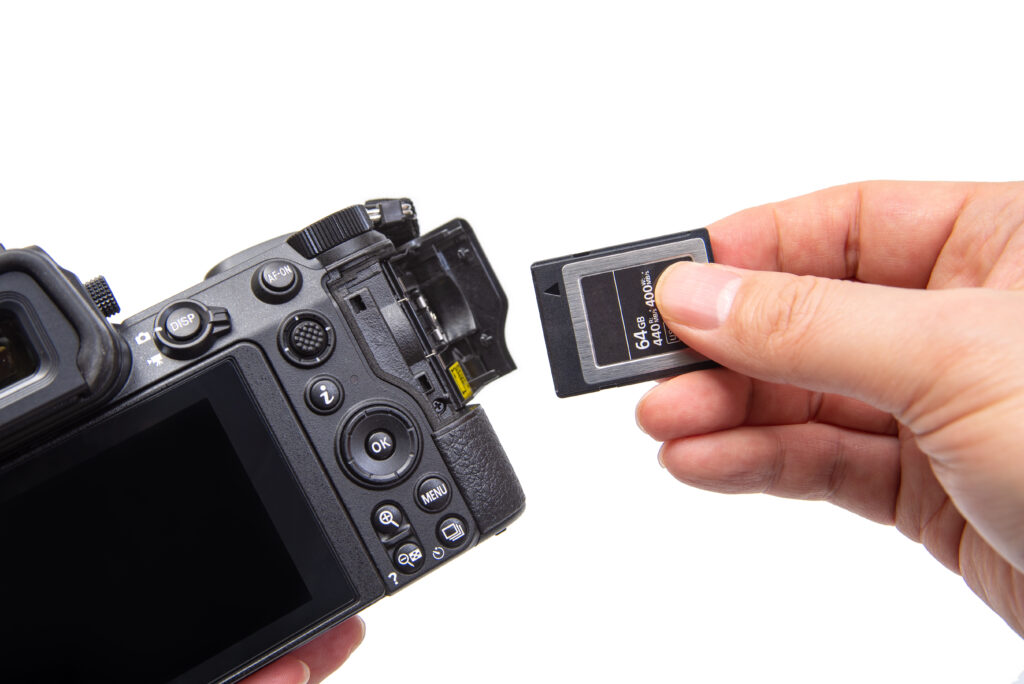
La CompactFlash® Association (CFA) define los estándares para soportes extraíbles profesionales, como CFexpress®, CompactFlash®, CFAST® y XQD®. La CFA se fundó en 1995 por un grupo de empresas internacionales con el objetivo común de crear estándares industriales para tarjetas de memoria flash que satisfagan las necesidades de alto rendimiento de los mercados profesionales de la imagen, la automoción y la industria.
La CFA desarrolla especificaciones para tarjetas de memoria y proporciona procesos y herramientas de pruebas de conformidad para cada especificación. CFA también lleva a cabo actividades de marketing para promover los productos, la tecnología y las aplicaciones de los miembros de CFA. En la actualidad, más de 90 empresas miembros se benefician de su participación en el diseño, el desarrollo, la fabricación y la venta de productos que utilizan las especificaciones de CFA.
La CompactFlash Association (CFA) tiene como objetivo crear estándares industriales para tarjetas de memoria flash con el fin de satisfacer las necesidades de alto rendimiento de los mercados profesionales de la imagen, la automoción y la industria.
Join CFA to access or help develop the newest industry standards.
Access specifications or Basecamp for member-only communication.
See below for recent news and activities from the CompactFlash Association and its members.
Members are invited to submit their announcements to CFA.
CFA strives to create an inclusive and dynamic ecosystem through broad industry involvement and accessible standards that will incubate groundbreaking removable media solutions with best-of-breed performance and reliability for a broad range of applications, including imaging, automotive, and industrial applications, while ensuring maximum interoperability and end-user satisfaction.
The CompactFlash Association will...



CFA’s products are deployed in the following markets.
Imaging
Automotive and Industrial
Standards have evolved through CFA’s successful 28-year history from PCMCIA to PCIe+NVMe, and are widely adopted by professional/prosumer digital cameras and camcorders.
CFA introduced the CFexpress standard, built on PCIe Gen 3 and NVMe protocols. Designed to replace both CF and CFast for ultra-high-speed data transfers. Since then, multiple form factors have been introduced, Type A, B, and C, and CFexpress is adopted by major camera brands today.
In collaboration with Sony and Nikon, CFA acknowledged industry movement toward faster cards. XQD, developed by the CompactFlash Association, Sony, and Nikon, used PCIe interface – designed for high-end video and photography.
First CFast cards launched, offering SATA interface speeds up to 300 MB/s. Aimed at replacing traditional CF in demanding environments.
CFA announced CFast, a new high-speed standard using the Serial ATA (SATA) interface instead of the traditional parallel ATA. Designed for industrial and high-performance applications.
Further increased performance with UDMA 5 support (up to 100 MB/s). Added enhanced electrical and mechanical features for reliability.
CF 3.0 introduced Ultra DMA (UDMA) mode, dramatically increasing data transfer rates. Enhanced support for professional-level photography and video.
Introduced CF+ Specification, allowing for I/O devices (like modems, GPS, etc.) to use the CF slot, not just storage. CF 2.0 enabled support for higher transfer speeds.
CFA released the first CompactFlash Specification (CF 1.0). Supported up to 137 GB, with an initial maximum capacity of 128 MB. Based on PCMCIA/ATA interface – compatible with PC card adapters.
CompactFlash Association (CFA) was officially formed. Founded by SanDisk Corporation (then known as SunDisk) along with other key industry players to establish standards for CompactFlash memory cards, a new format at the time for digital storage in portable devices.









